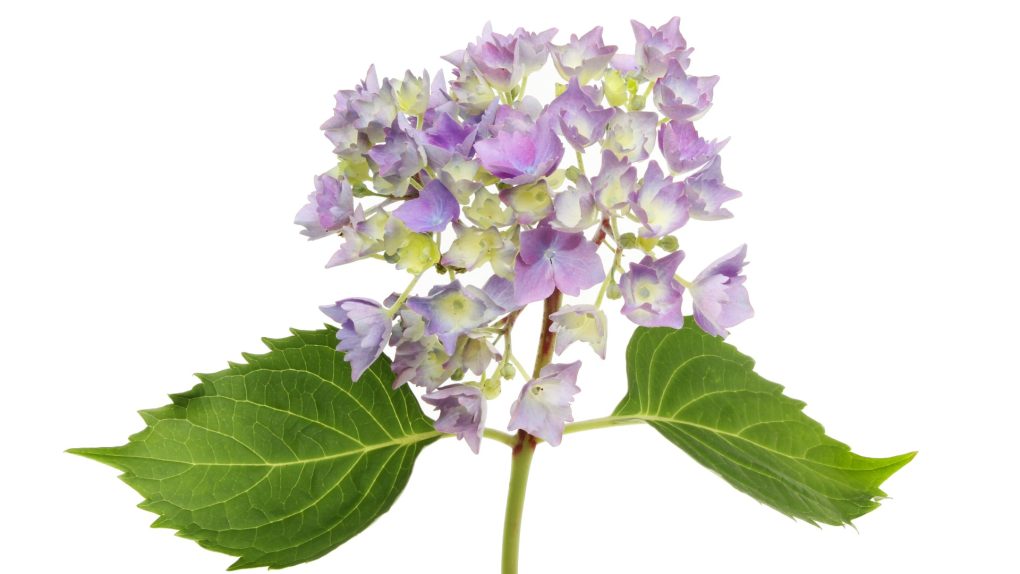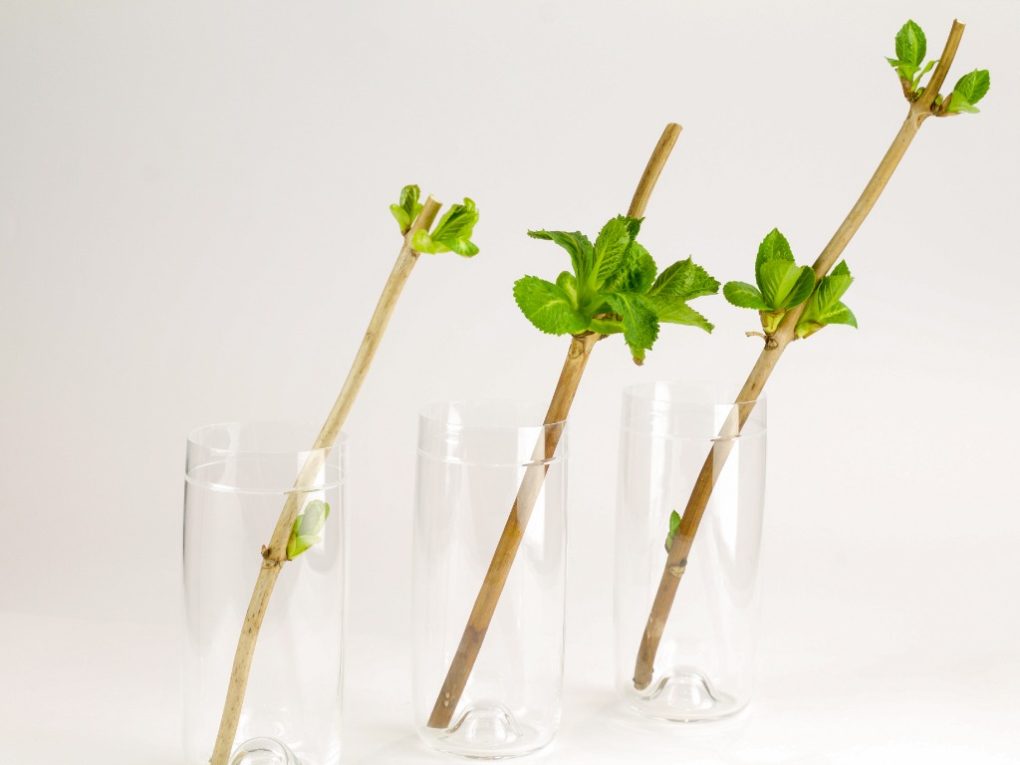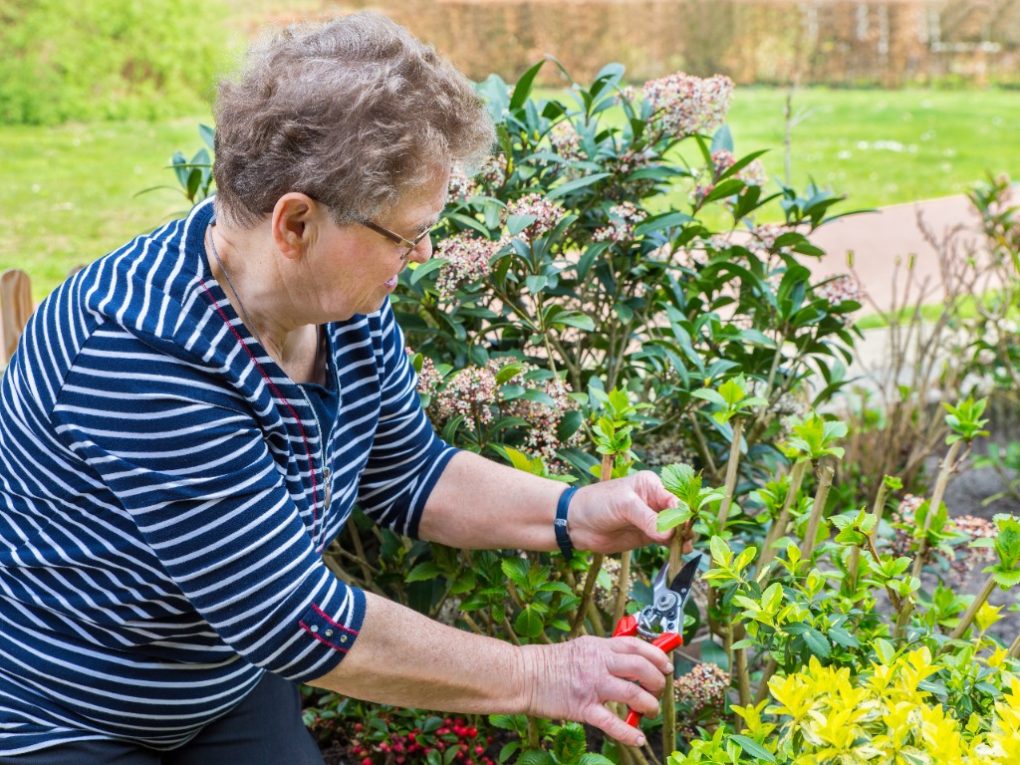Cutting Hydrangea Flowers: Effects on the Plant
Cutting hydrangea flowers generally does not hurt the plant. It can promote the health and vigor of the hydrangea when done correctly. Pruning hydrangeas helps to maintain their shape, encourage new growth, and remove dead or diseased branches.

When cutting hydrangea flowers, it is essential to use clean, sharp tools and avoid cutting the stems too close to the main branches. Instead, focus on removing older, spent blooms and cutting above the healthiest-looking buds on the stem. Observing these guidelines will aid in the plant’s continued blooming and overall health.
Table of Contents
Effects on the Plant
Short-Term Effects
Cutting hydrangea flowers usually helps the plant in the short term. Removing spent blooms can help to promote new growth and encourage the plant to produce more flowers. Deadheading spent blooms can also prevent the plant from expending energy on producing seeds, which can result in a fuller and more robust plant.
However, it is important to be careful when cutting the flowers, as rough handling or improper pruning techniques can damage the plant. Using sharp, clean pruning shears and making clean cuts at a 45-degree angle can help minimize plant damage.
Long-Term Effects
While cutting hydrangea flowers does not typically have any long-term negative effects on the plant, it is important to know its growth habits and pruning needs. Some hydrangea varieties bloom on old wood, producing the flowers on the previous year’s growth. Pruning these varieties too heavily or at the wrong time can result in a loss of blooms for the following year.
Other hydrangea varieties bloom on new wood, producing the flowers on the current year’s growth. These varieties can be pruned more heavily and at different times than old wood varieties without affecting the plant’s ability to produce blooms.
It is also important to note that over-pruning or pruning at the wrong time can weaken the plant and make it more susceptible to disease and pests. Therefore, it is best to research the specific needs of your hydrangea variety and follow proper pruning techniques to ensure the health and longevity of the plant.
How to Properly Cut Hydrangea Flowers
Hydrangeas are beautiful flowering plants that can add a touch of elegance to any garden or floral arrangement. To ensure that you cut hydrangea flowers properly and maximize their longevity, follow these simple steps:
Tools and Materials Needed
Before you begin cutting hydrangea flowers, gather the following tools and materials:
1. Sharp pruning shears or garden scissors
2. Clean bucket or vase filled with water
3. Clean, sharp knife (optional)
4. Water-soluble flower preservative (optional)
Step 1: Choose the Right Time
The right time to cut hydrangea flowers is crucial for their health and beauty. It’s best to cut them in the early morning or late afternoon when the temperatures are cool. Avoid cutting them during the hottest part of the day, as the flowers may wilt more quickly.
Step 2: Determine the Stage of Bloom
Identify the stage of bloom of the hydrangea flowers you want to cut. Different stages of bloom have varying vase lives. If you want the flowers to last longer, choose blooms that have just begun to open. If you prefer a more mature look, select fully open but firm flowers.
Step 3: Locate the Proper Stem
Locate a healthy stem on the hydrangea plant with the desired flower. Look for a stem with at least one additional set of leaves below the flower head. This ensures that the plant can grow and produce new blooms after cutting.
Step 4: Make a Clean Cut

Using sharp pruning shears or garden scissors, cut the hydrangea stem at a 45-degree angle just above the leaves below the flower head. This angle allows the stem to take up water more efficiently, enhancing the flower’s ability to stay fresh.
Step 5: Remove Excess Foliage
Remove any excess foliage from the stem, especially the leaves below the vase’s water line. This prevents the leaves from decaying in the water and causing bacterial growth, which can shorten the vase life of the flowers.
Step 6: Place in Water Immediately
After cutting the hydrangea flowers, place them directly into a clean bucket or vase filled with water. Submerge the stems at least halfway into the water to ensure proper hydration. If desired, add a water-soluble flower preservative to the water to extend the flowers’ vase life.
Step 7: Enjoy and Maintain
Display your freshly cut hydrangea flowers in a cool location away from direct sunlight, drafts, and ripening fruit. Change the water every two days and recut the stems at a 45-degree angle to promote water uptake. With proper care, your hydrangea flowers will brighten your space for an extended period.

Remember, cutting hydrangea flowers properly is essential for their longevity and aesthetic appeal. Follow these steps to ensure you enjoy the beauty of hydrangeas to the fullest.
